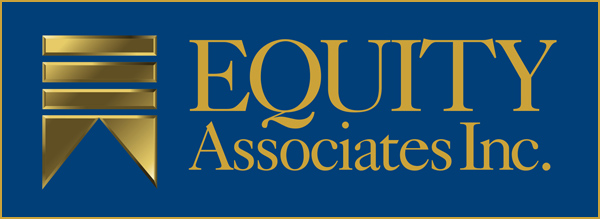A Registered Education Savings Plan (RESP) is a tax-deferred savings account to help Canadian parents, grandparents and others, to save for their children’s post-secondary education.
While your child (the beneficiary) is under 18, the contributions you (the subscriber) make are eligible for a matching federal contribution, called the Canada Education Savings Grant (CESG). This grant matches 20% of your contribution, up to an annual maximum of $500 and a lifetime maximum of $7,200 per child. Additionally, the Canada Learning Bond (CLB) may be available for children in lower-income families.
There is no annual limit on RESP contributions, but keep in mind that the annual contribution required to receive the maximum $500 CESG is $2,500. There is a lifetime contribution limit of $50,000 per child. CESGs are only available up until the end of the calendar year when your child turns 17.
Contribution room accrues from your child’s birth, and unused amounts can be carried forward to future years. You can make contributions for up to 31 years from the opening of the RESP, and your RESP can remain open for a maximum of 35 years.
It’s best to open a RESP and start investing shortly after the birth of your child so your investment has many years to grow with the power of compounding. Consider setting up a monthly investment program, investing $1,042 monthly, totalling $12,500 annually, which earns the maximum CESG. Most typical investments are available for RESPs, including mutual funds, ETFs, GICs, stocks and bonds.
There are two types of RESPs: a Family Plan is usually best for families with more than one child, while an Individual Plan are for families with only one child. Please talk to us about this, as there are unique situations where the difference becomes a significant factor.
The list of post-secondary schools you can save for through a RESP is extensive, including universities, colleges, vocational colleges, technical colleges, and trade schools. The Government of Canada website has a complete list of designated educational institutions.
Providing your child is attending a qualifying post-secondary institution, you can start making withdrawals, which are designated in two forms:
-
-
- The contributions you made to the RESP are called Post-secondary Education withdrawals (PSE) and come out tax-free.
- The investment earnings and government contributions are called Education Assistance Payment (EAP) and are included in the child’s income in the year of withdrawal. Because the child is a student they will be in a lower tax bracket or pay no tax at all.
-
If your child decides not to pursue post-secondary education you may transfer the funds to another eligible beneficiary with available room. If not, the CESG will be clawed back; you may withdraw your contributions with no tax consequences, but the investment growth is taxable at your marginal tax rate plus an additional 20% (if you have RRSP contribution room you can potentially defer some tax by transferring up to $50,000 to your RRSP).
A RESP is a great way to save for your children’s education, but there are numerous issues to address, and your investment strategy should be sound and profitable so that you build up a significant investment portfolio to fund one of the greatest gifts you can give your child, an education.

